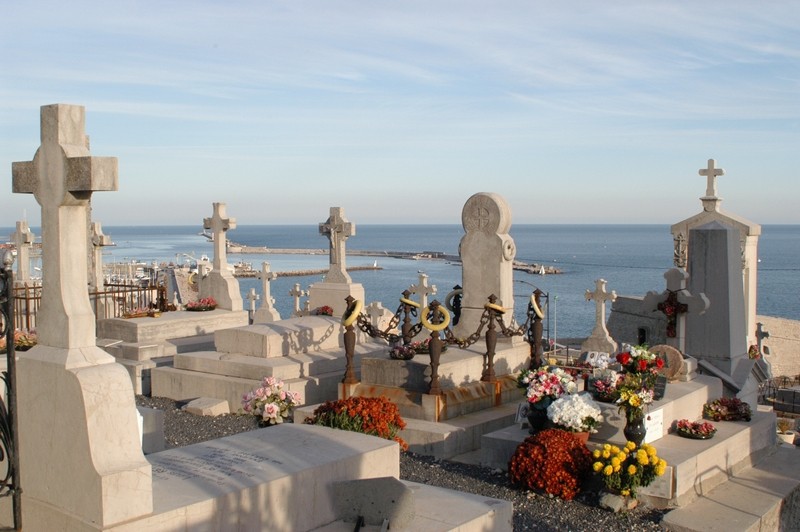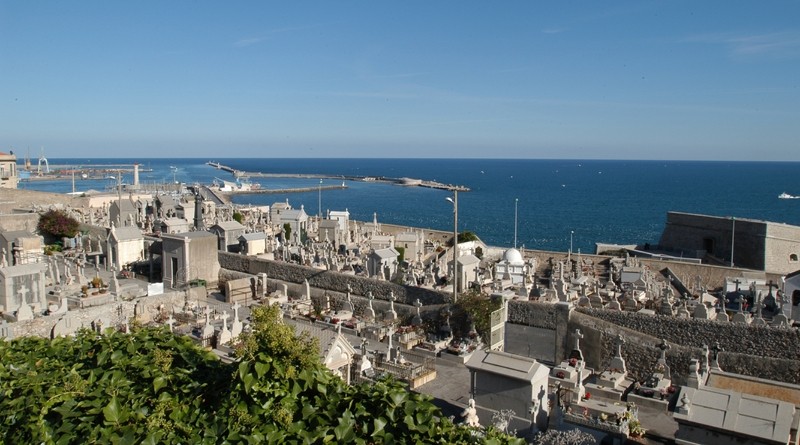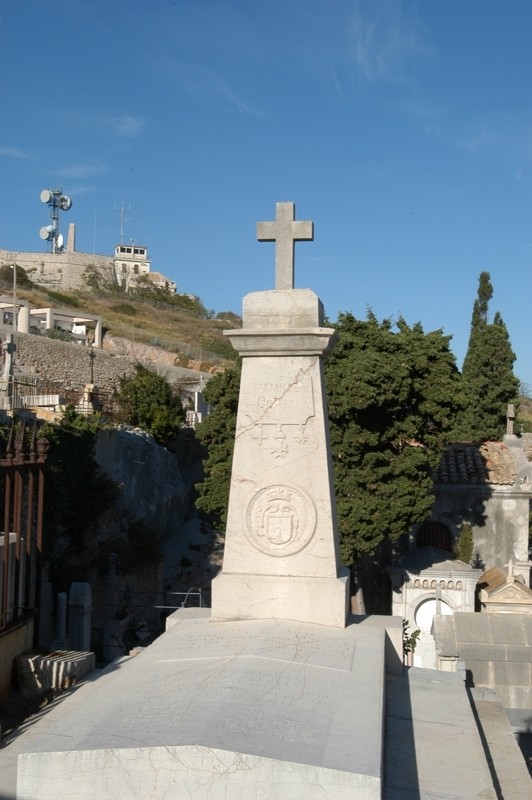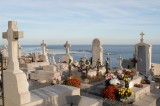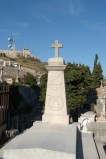The Fishermen's cemetery
Presentation
The Saint Charles Cemetery was created around the year 1680 as a burial place for the first workers who died during the construction of the Saint-Louis breakwater.
It provides a testimony to the diversity of the town’s population throughout the centuries that followed, and it was enlarged by the addition of a series of plots, one of which was reserved for the Protestant community which played an essential part in the growth of the port in the 18th and 19th centuries. It is also known as the “cemetery of the rich”, in contrast with the “cemetery of the poor” (the resting place of Georges Brassens), located facing the Thau Lagoon.
Several of the graves speak of the town’s sea-going traditions, for example the grave of the pilots who were lost on a mission to assist a vessel in distress, and the grave of the young sea-cadet, Eugène Herber, killed in Beijing in 1900. Others bear witness to the fame of outstanding personalities from Sète, such as the minister Mario Roustan and the actor and theatre director Jean Vilar... On 7 August 1945, the Saint Charles Cemetery was renamed Cimetière Marin (The sea cemetery), an allusion to Paul Valéry’s famous poem.
Panoramic visit
Contact
Office de Tourisme Archipel de Thau
34200
SETE
Destination
34200
SETE
GPS coordinates
Latitude : 43.39471
Longitude : 3.69172




